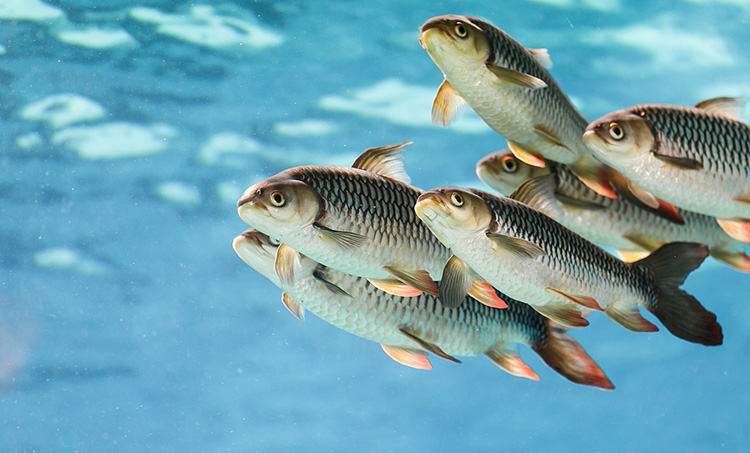The requirements of the aquatic feed for material crushing fineness
2021-08-26

As we all know, aquatic feed raw material must be finely crushed to meet the needs of animal digestion and granulation requirements.The suitable grinding fineness is affected by the animal's growth stage, nutrient requirement, feed processing technology and equipment, etc. Reasonable selection of grinding fineness is also an inevitable requirement to reduce costs, improve production capacity and ensure product quality.
The digestive tract of aquatic animals is short. In order to speed up digestion and absorption, aquatic feed should have a smaller crushed particle size than livestock and poultry feed. For example, for eel and prawn feed, the particle size should reach 80-120 mesh. In addition, the compound feed for aquatic animal has high protein content, low carbohydrate content, and compact structure of feed particles, which requires high cohesiveness and water resistance.
2.The requirements of production and processing for crushing fineness
If the crushing fineness is too large, the energy consumed is relatively high when passing through the ring die or rollers, and the quality of pelleting and extruding will be affected, resulting in the feed pellets being easily broken and the stability in water is also poor. Appropriate grinding fineness plays an important role in aquatic feed processing. The smaller the crushing fineness of the material, the easier it is to absorb the steam in the conditioner, so that it will gelatinize more fully.
In addition to the crushing fineness, the range of the particle size of the material also has a very important influence on the processing. Generally speaking, the smaller the distribution range of material particle size, the better. For the production process of first-grinding and then batching, as the raw materials are separately crushed in the pre-processing stage, it is difficult to limit the particle size to a relatively narrow range in the subsequent mixing section. Therefore, generally speaking, the aquatic feed production process adopts the first batching and then crushing process or the 2 crushing process.
3.The requirements of the uniformity of feed mixing for crushing fineness
For aquatic animals, pellet feed must have certain water stability in order to meet the needs of animal ingestion. In order to obtain high water stability, on the one hand, the fineness of the material is required to be sufficiently fine, on the other hand, it is also required that the feed ingredients can be mixed uniformly. From the point of mixing uniformity, it is generally required that 95% of the material can pass through a screen of 177 ~ 250μm. Especially for the production of particles with a diameter of 0.8 ~ 1.5mm or smaller, the requirements for fineness of pulverization are even higher. When determining the fineness of feed crushing, a basic principle is that the largest particle diameter to be crushed cannot be greater than 1/3 of the ring die hole.